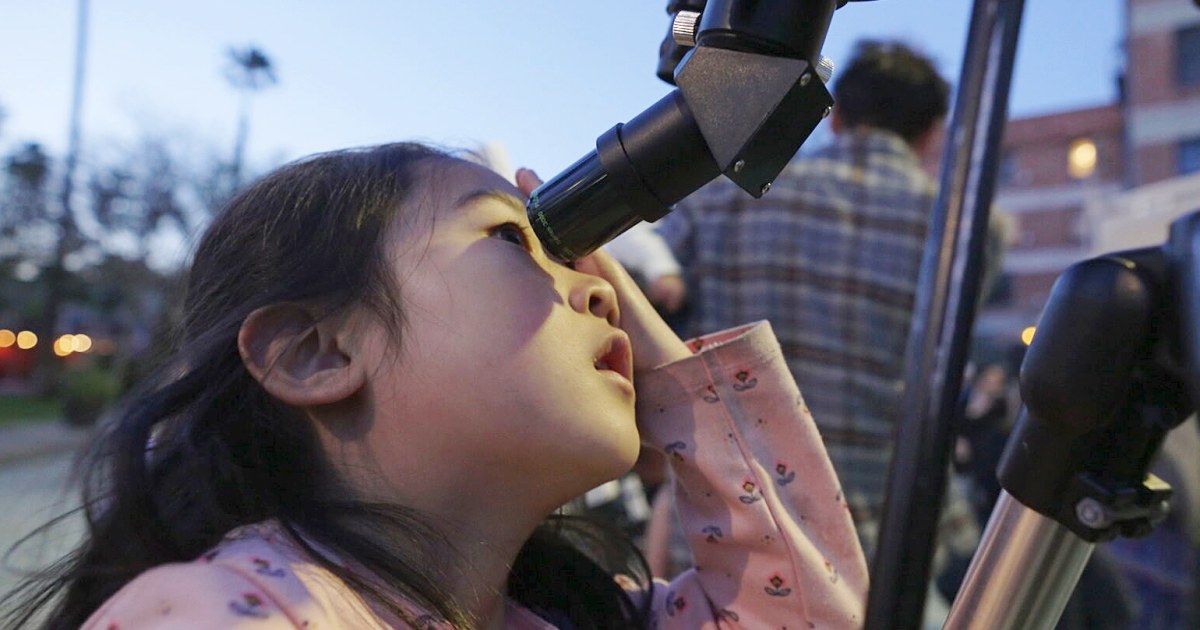
Hertzian Waves
Hertzian Waves are electromagnetic waves that propagate through free space or a vacuum. They were first predicted by James Clerk Maxwell in the 1860s and later experimentally demonstrated by Heinrich Hertz in the 1880s. Hertzian Waves have a wide range of applications in space and astronautical engineering, including communication, navigation, and remote sensing. They are used in radio and television broadcasting, satellite communication, radar systems, and global positioning systems (GPS). Hertzian Waves are also used in scientific research to study the properties of the Earth's atmosphere, ionosphere, and magnetosphere. In addition, they are used to explore the universe by detecting and analyzing the electromagnetic radiation emitted by celestial objects such as stars, galaxies, and black holes.
Your Previous Searches
Random Picks
- Thermal Expansion: Thermal expansion is the tendency of matter to change its shape, area, and volume in response to a change in temperature. In space and astronautical engineering, thermal expansion is a critical factor in the design and operation of spacecra ... Read More >>
- CPU: CPU stands for Central Processing Unit, which is the primary component of a computer system that performs most of the processing tasks. In the context of space and astronautical engineering, CPUs are used in spacecraft and satellites to con ... Read More >>
- Spacewalk: Spacewalk, also known as Extravehicular Activity (EVA), is an activity performed by an astronaut outside of a spacecraft in the vacuum of space. Spacewalks are conducted for various purposes such as maintenance, repair, and assembly of spac ... Read More >>
Top News

Easter's date remains divisive. Some church leaders want that to change...
Eastern and Western churches will celebrate Easter on the same day this year, while marking 1,700 years since the Council of Nicaea unified Christian doctrine...
News Source: ABC News on 2025-04-19

In a city of stars, Los Angeles astronomy club makes sure to keep looking up...
LOS ANGELES — While Los Angeles is home to the biggest stars in the world, a monthly get-together is proving that the city’s rich and famous have nothing on the universe....
News Source: NBC News on 2025-04-18

This week on "Sunday Morning" (April 20)...
A look at the features for this week's broadcast of the Emmy-winning program, hosted by Jane Pauley....
News Source: CBS News on 2025-04-17

Scientists detect strongest hints yet of life on a distant planet...
Scientists have detected unique chemical patterns similar to those produced by the Earth's algae and seaweed — raising the possibility of the presence of a warm ocean, perhaps teeming with life, on ...
News Source: NBC News on 2025-04-17

Is there life on another planet? Scientists find the strongest evidence yet...
Near a planet far, far away astronomers have found traces of chemicals that on Earth are only produced by living beings....
News Source: Al Jazeera English on 2025-04-17